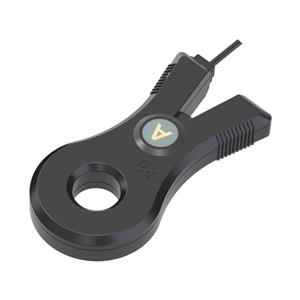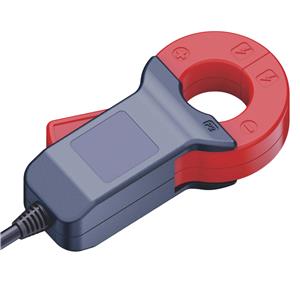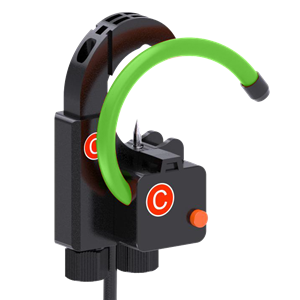Company News
-
1205-2024
Exploring the Role of Ferrite Materials in High Frequency Transformers
High frequency transformers are crucial components in various electronic devices, ranging from power supplies and converters to telecommunications systems. These transformers operate at frequencies above 20 kHz, necessitating the selection of suitable materials that can efficiently handle high frequency signals. Ferrite materials have emerged as a popular choice due to their unique properties and advantages in high frequency transformer applications. This article delves into the role of ferrite materials in high frequency transformers, highlighting their benefits and characteristics.
-
0905-2024
Thermal Management Strategies in High Frequency Transformer Design
High frequency transformers play a crucial role in various electronic devices and systems. They are responsible for efficiently transferring electrical energy between different voltage levels. However, the high-frequency operation of these transformers often leads to increased heat generation, which can adversely impact their performance and reliability. This article explores the importance of thermal management strategies in high frequency transformer design, and discusses various techniques to effectively manage heat dissipation.
-
0805-2024
Impact of Winding Techniques on High Frequency Transformer Efficiency
High frequency transformers are crucial components in numerous electronic devices and systems, serving to efficiently transfer electrical energy between different voltage levels. The efficiency and performance of these transformers depends not only on the core materials but also on the winding techniques used during their construction. This article explores the impact of winding techniques on the efficiency of high frequency transformers.
-
0705-2024
Advanced Core Materials for High Frequency Transformers
High frequency transformers play a crucial role in various electronic devices and power systems. The efficiency and performance of these transformers heavily depend on the core materials used in their construction. In recent years, there has been significant research and development in the field of advanced core materials for high frequency transformers. This article will explore some of the latest advancements in core materials and their impact on transformer design and operation.
-
1904-2024
Exploring the Effects of Frequency on the Behavior of Iron Core Inductors
Iron core inductors play a crucial role in electronic circuits, storing energy in the form of a magnetic field. Understanding the behavior of these inductors at different frequencies is essential for designing efficient and reliable electrical systems. This article aims to examine the influence of frequency on the behavior of iron core inductors, highlighting the key factors that affect their performance across different frequency ranges.
-
1804-2024
A Comparative Analysis of the Efficiency of Iron Core Inductors and Other Types of Inductors
Inductors are essential components in electrical circuits, storing energy in the form of a magnetic field. Different types of inductors are used in various applications, each with its own set of characteristics and efficiency. This article presents a comparative analysis of the efficiency of iron core inductors in relation to other types of inductors, highlighting their advantages and limitations.
-
1604-2024
A Journey Through the History and Evolution of Iron Core Inductors
Iron core inductors have played a pivotal role in the field of electronics, powering various devices and being indispensable components in electronic circuits. This article delves into the history and evolution of iron core inductors, highlighting key milestones and advancements in their design and manufacturing processes.
-
1404-2024
Iron Core Inductor: Key Features, Working Principles, Applications, and Advantages
An iron core inductor is a type of inductor that utilizes a ferromagnetic core made of iron or iron alloys to enhance its inductance and efficiency. It is widely used in various electronic and electrical applications due to its ability to store and release energy in the form of a magnetic field. In this technical description, we will explore the key features, working principles, applications, and advantages of iron core inductors.
-
1304-2024
Troubleshooting and Maintenance of Latching Relays
Latching relays are commonly used in industrial automation systems due to their ability to maintain their position without continuous power supply. However, like any other electrical component, latching relays can experience faults and require regular maintenance to ensure optimal performance. In this article, we will discuss the common issues associated with latching relays and the appropriate troubleshooting and maintenance procedures.
-
1104-2024
Application and Effectiveness of Latching Relay in Energy Conservation
In the realm of energy conservation, latching relay technology has emerged as a significant contributor to efficient energy utilization. This advanced relay type differs significantly from traditional relays, offering unique benefits that are particularly relevant in today's energy-conscious world.




